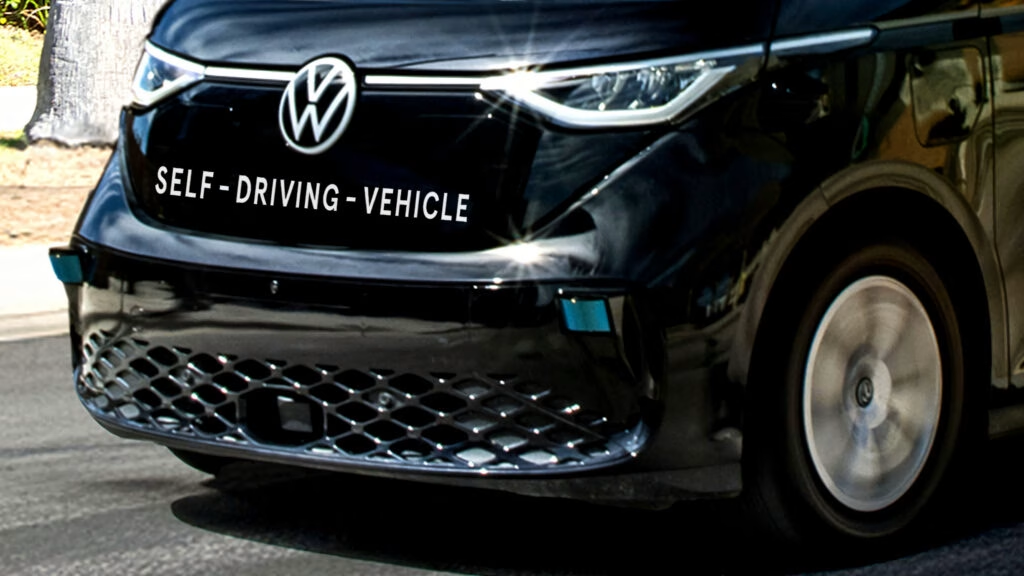Uber is gearing up to revolutionize the ride-hailing experience with its latest partnership with Volkswagen, introducing the autonomous ID. Buzz AD vans to the streets of the United States. This collaboration marks a significant step forward in the world of autonomous mobility, especially after Uber’s previous setbacks in this arena.
What Can We Expect from the ID. Buzz AD?
The ID. Buzz AD is not just another electric vehicle; it’s a purpose-built autonomous van designed to navigate urban environments efficiently. With plans to launch in Los Angeles in 2026, Uber aims to roll out these self-driving vans across multiple U.S. cities. Imagine hailing a ride that doesn’t require a driver—just you, your destination, and a sleek, futuristic vehicle. If all goes according to plan, we could see thousands of these autonomous vans on the roads within the next decade.
The initial phase of this rollout will involve human operators on board to ensure safety and refine the technology. This cautious approach is a smart move, especially considering Uber’s tumultuous history with autonomous driving. Back in 2018, a tragic incident involving a self-driving car led to a halt in their autonomous initiatives. This time, however, Uber seems committed to learning from past mistakes and prioritizing safety as they embark on this new venture.
How Will the Technology Work?
Volkswagen has been developing the ID. Buzz AD for years, equipping it with an impressive array of sensors—14 cameras, 11 radar sensors, and five LiDAR sensors. This extensive suite of technology will enable the van to navigate complex urban landscapes, detect obstacles, and make real-time decisions. The integration of Volkswagen’s mobility brand, MOIA, will provide the necessary software for autonomous driving, while Uber will manage the ride-hailing platform and customer experience.
Uber CEO Dara Khosrowshahi has expressed excitement about this collaboration, emphasizing the shared vision between Uber and Volkswagen to innovate transportation. The anticipation is palpable, especially as testing is set to begin later this year.
The Bigger Picture: What Does This Mean for the Future of Transportation?
The introduction of autonomous vehicles like the ID. Buzz AD could reshape urban transportation. With the decline of other autonomous services, such as Cruise, Uber’s initiative could fill a critical gap in the market. The potential for thousands of autonomous vans could lead to reduced traffic congestion, lower emissions, and a more efficient public transport system.
However, questions remain. How will cities adapt to this influx of autonomous vehicles? What regulations will be put in place to ensure safety and accountability? And how will the public respond to the idea of riding in a vehicle without a human driver?
These are all important considerations as we move closer to a future where autonomous vehicles could become a common sight on our roads.
As we look ahead, it’s clear that the partnership between Uber and Volkswagen is more than just a business deal; it’s a bold step into a new era of mobility. The big takeaway? Embracing innovation in transportation isn’t just about technology; it’s about creating safer, smarter, and more efficient ways to get around. Keep an eye on this space—your next ride could be in a self-driving van before you know it!

